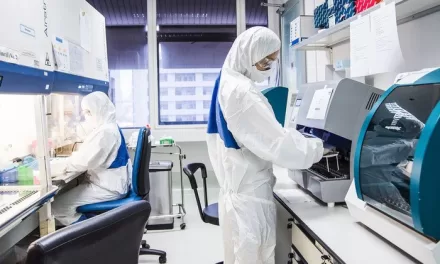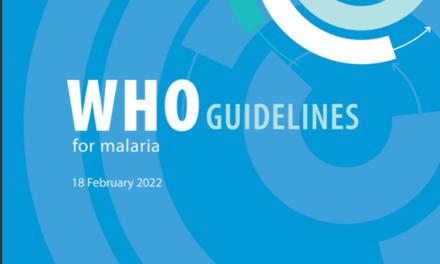As the global population ages, a concerning trend has emerged: the incidence of sexually transmitted infections (STIs) among older adults is on the rise. The Centers for Disease Control and Prevention (CDC) has reported a dramatic increase in STI diagnoses among individuals over 65 in the U.S., with cases of chlamydia, gonorrhea, and syphilis escalating approximately three-, five-, and sevenfold, respectively, from 2010 to 2023. Alarmingly, women over 50 are now at a higher risk for HIV compared to their younger counterparts.
Several factors contribute to this rising prevalence. A significant gap in awareness about STIs in older adults, coupled with the infrequent use of condoms and the increased availability of medications like Viagra, Cialis, and estrogen treatments, complicates the situation. Additionally, many older adults are hesitant to discuss their sexual health openly, perpetuating misconceptions about their sexual activity levels and increasing their risk.
Recent research by Dr. Akshay Minhas, an infectious disease scientist, sheds light on the biological mechanisms behind this increased susceptibility. Dr. Minhas’s studies focus on how menopause alters the vaginal environment, leading to a higher risk of STIs. Menopause, which typically occurs between ages 45 and 55, results from a decline in ovarian estrogen production. This hormonal change diminishes vaginal lubrication and elasticity, potentially causing genitourinary syndrome of menopause (GSM), characterized by symptoms such as vaginal dryness, irritation, painful intercourse, and frequent urinary tract infections. Around half of postmenopausal women experience GSM.
Dr. Minhas’s research reveals that menopause also impacts the structural integrity of the vaginal lining. The vaginal surface, composed of multiple layers of epithelial cells reinforced by adhesion molecules like desmoglein-1 (DSG1) and desmocollin-1 (DSC1), serves as a critical barrier against pathogens. Reduced levels of these proteins in postmenopausal women compromise this barrier, increasing vulnerability to infections.
In experimental studies, Dr. Minhas’s team compared DSG1 and DSC1 levels in vaginal tissues of postmenopausal and premenopausal women, finding significantly lower levels in the former group. Further investigation involved surgically removing ovaries from mice to simulate menopause. The results indicated a substantial decrease in DSG1 and DSC1 in these mice, which exhibited higher susceptibility to herpes simplex virus type 2 (HSV-2) and persistent chlamydia infections. However, application of estrogen cream restored vaginal lining integrity and protected the mice from HSV-2 infection.
These findings highlight the urgent need for enhanced awareness and proactive measures to address STI risks among older adults. Dr. Minhas’s research underscores that estrogen-containing treatments, often used to alleviate GSM symptoms, may also offer protective benefits against STIs.
Health care providers are encouraged to regularly counsel older adults on safe sex practices and offer routine STI screenings. Understanding and addressing both behavioral and biological risk factors will be crucial in combating the troubling rise of STIs in this demographic.
As we look to the future, continued research and public health initiatives will be essential in mitigating the risk and improving the sexual health and well-being of older adults.











